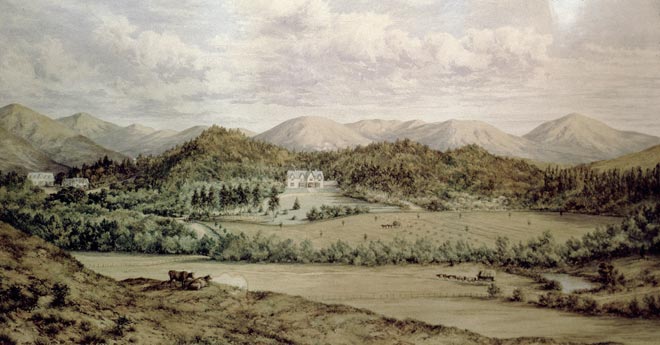
This painting of Cheviot Hills by Charles Barraud records one of the great sheep-farming estates in 19th-century Canterbury. Cheviot Hills was over 80,000 acres (around 32,000 hectares) in size and the owner William or ‘Ready-money’ Robinson lived a lavish lifestyle with a large homestead. The basis of his wealth was the farming of sheep for wool. But when refrigeration opened up a market for meat, it made possible a more intensive use of land, and such huge runs were broken up. Following Robinson’s death, Cheviot Hills was sold to the government in 1893 and divided up into smaller farms.
Te whakamahi i tēnei tūemi
Alexander Turnbull Library
Reference:
NON-ATL-P-0083
Pencil and watercolour sketch by Charles Decimus Barraud
Permission of the Alexander Turnbull Library, National Library of New Zealand, Te Puna Mātauranga o Aotearoa, must be obtained before any re-use of this image.







Tāpiritia te tākupu hou